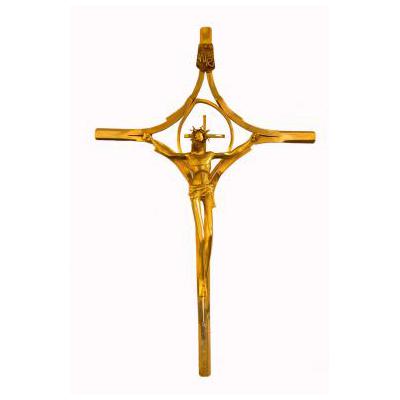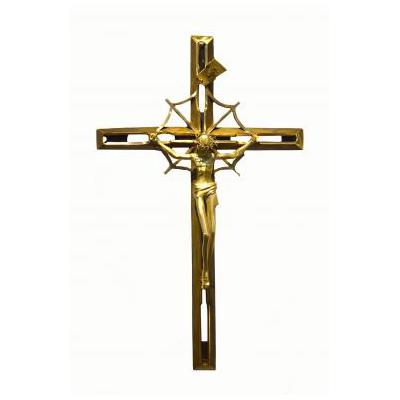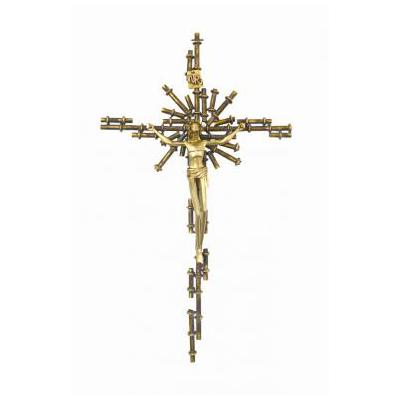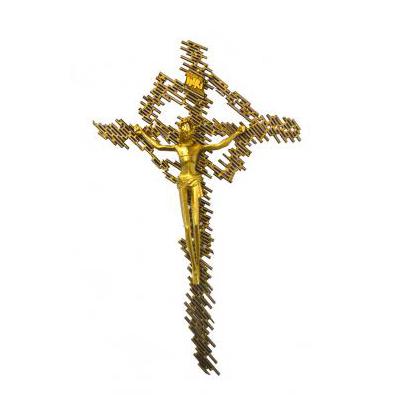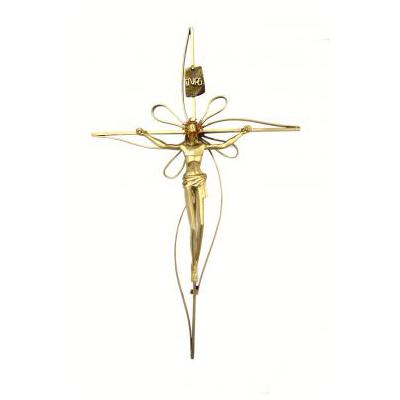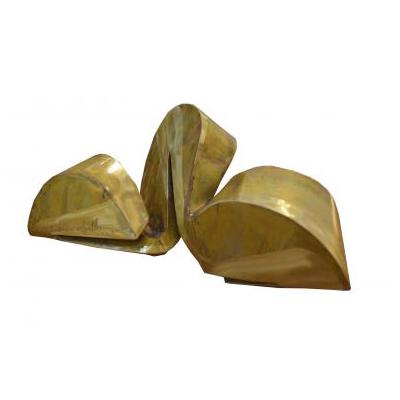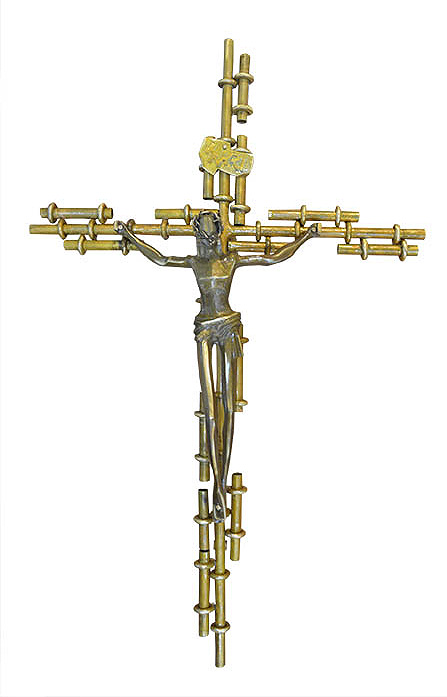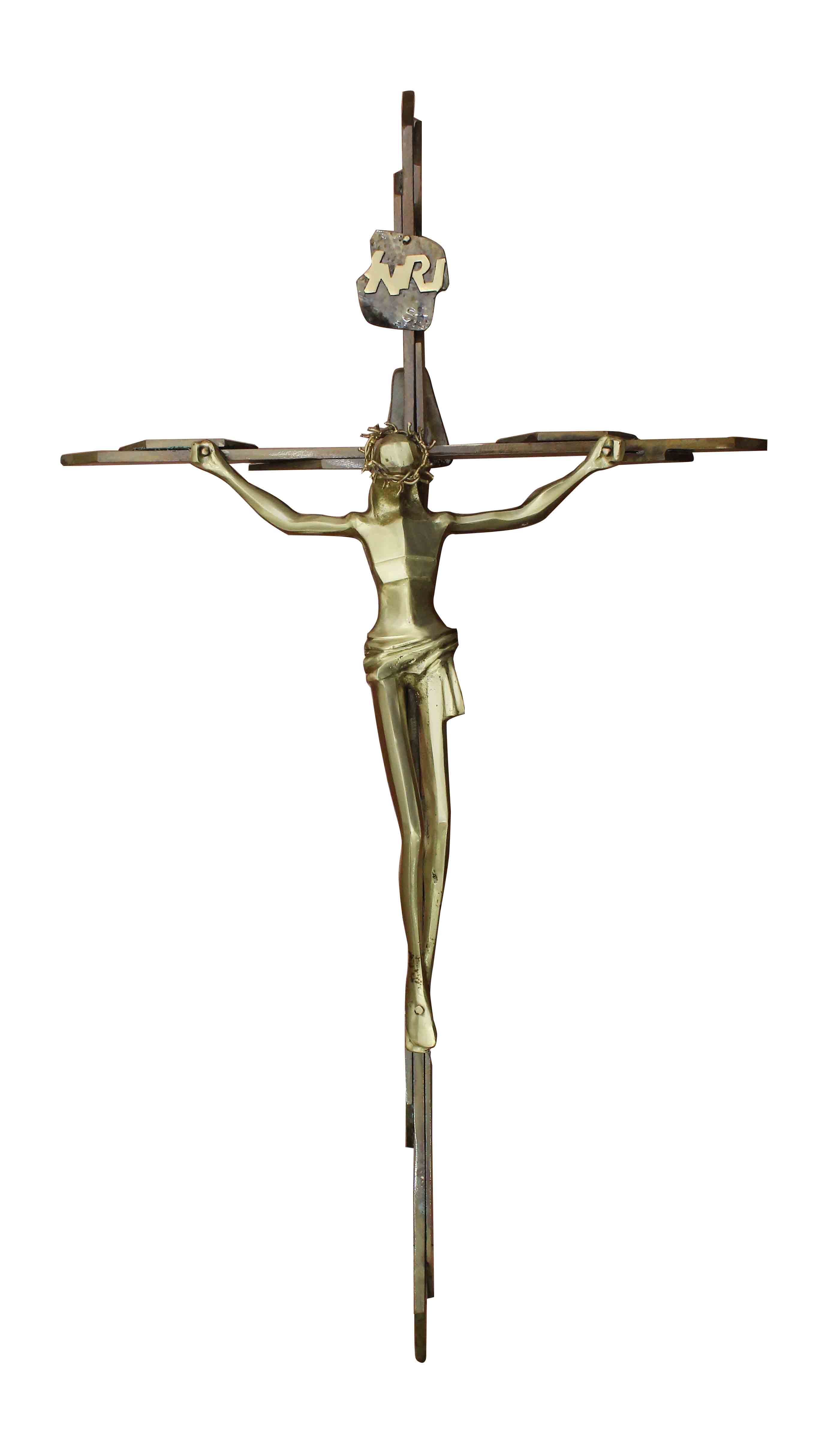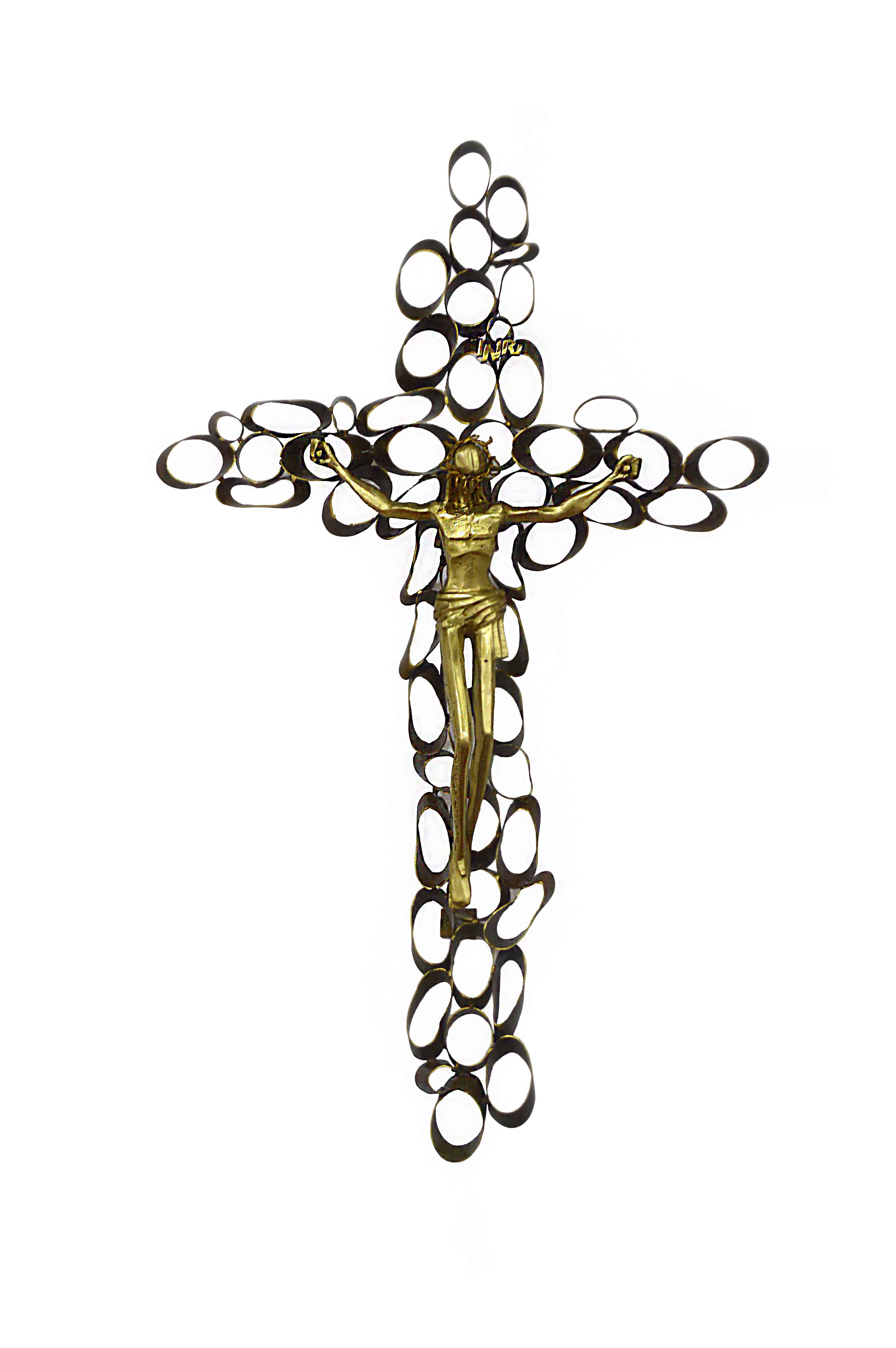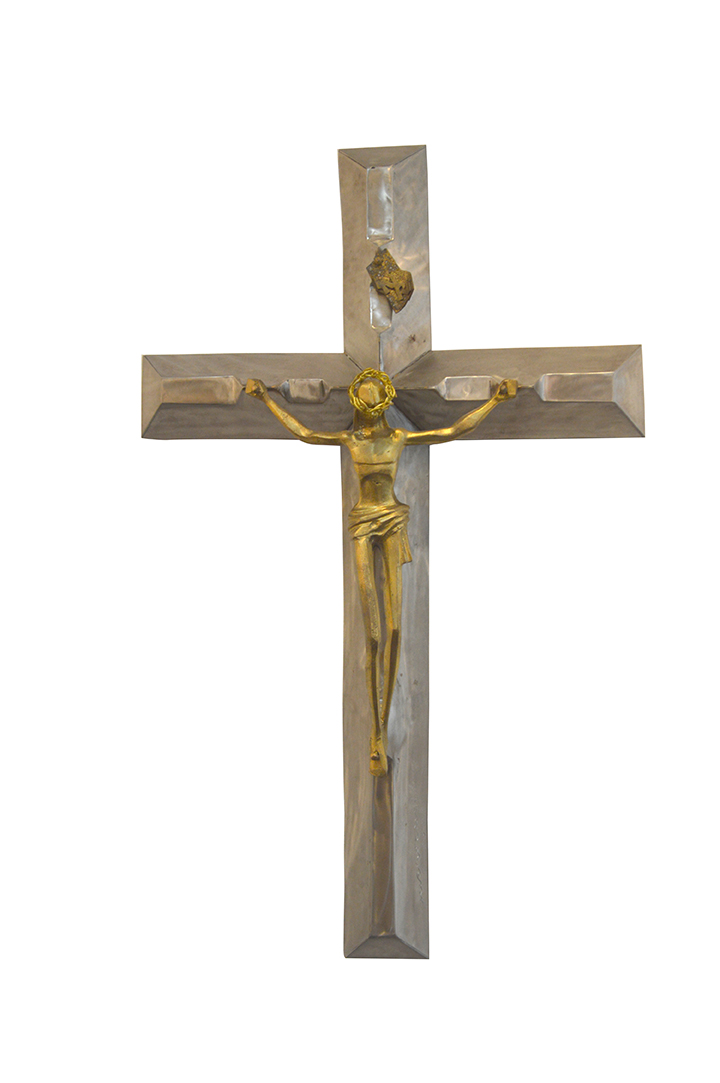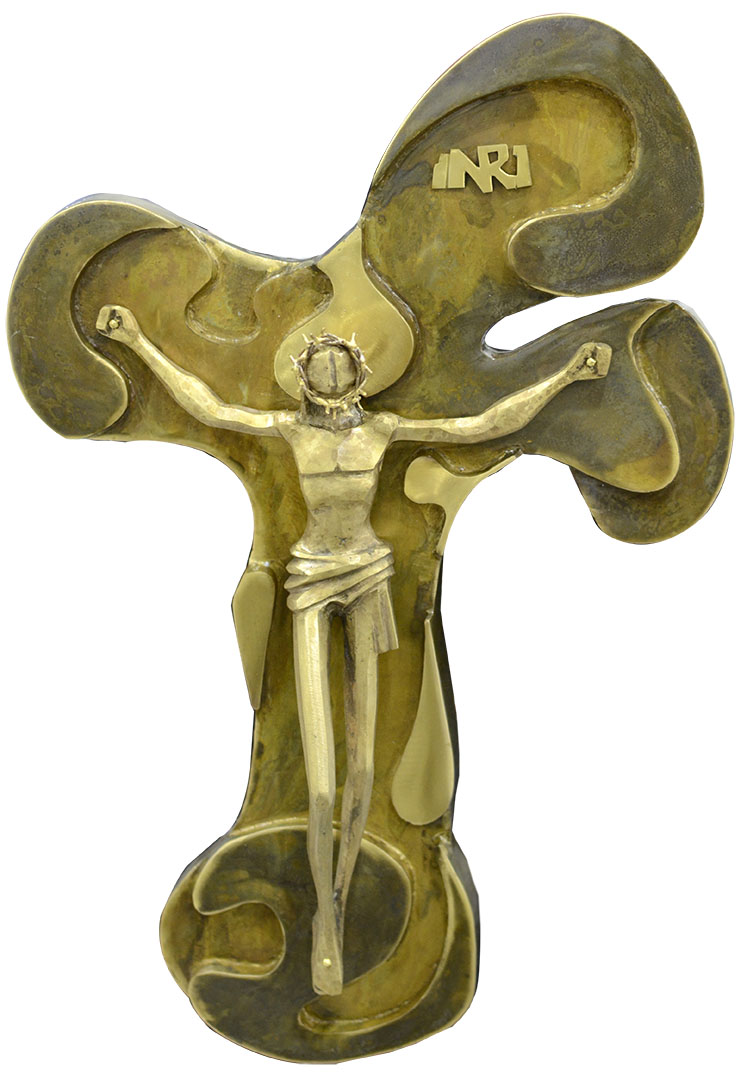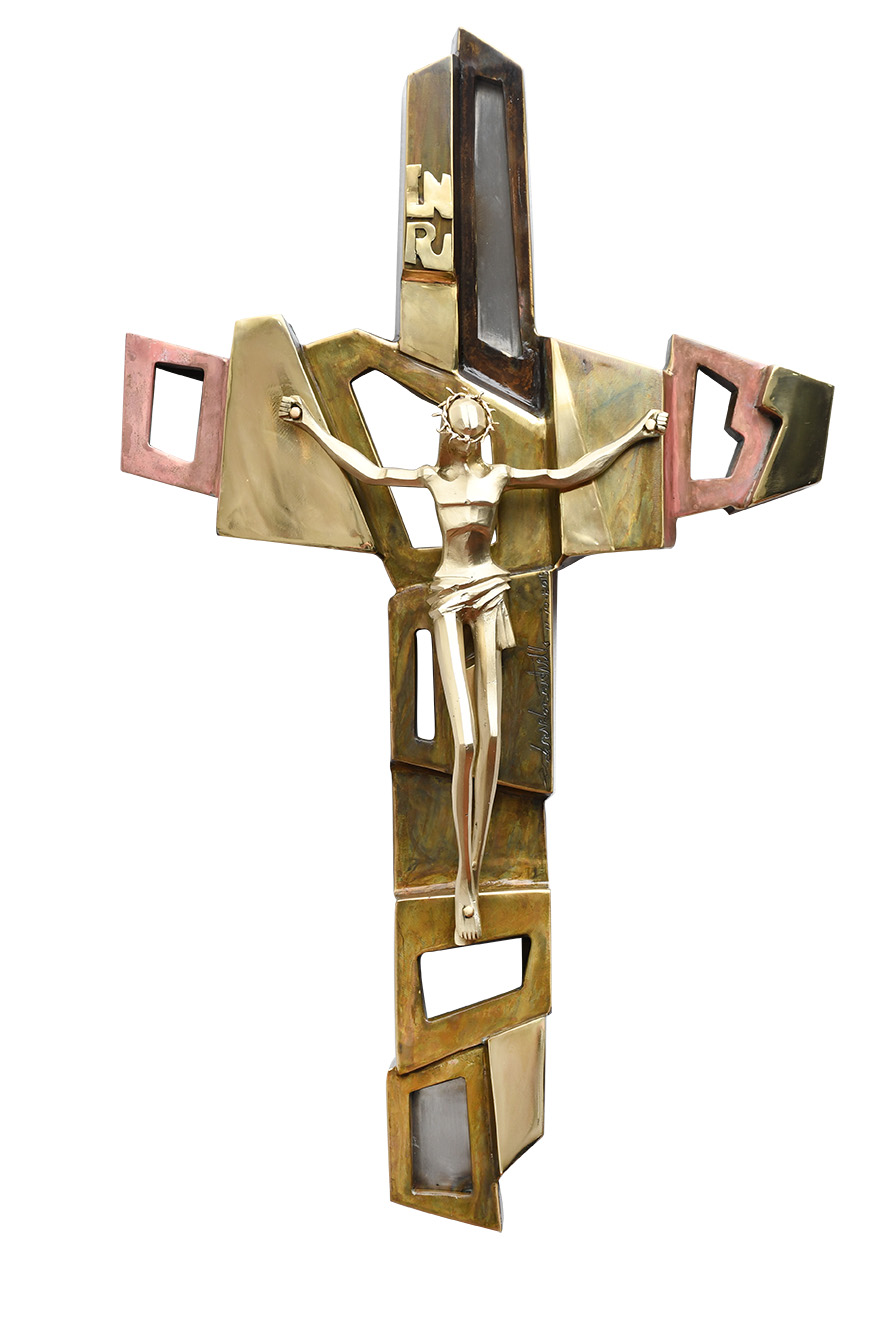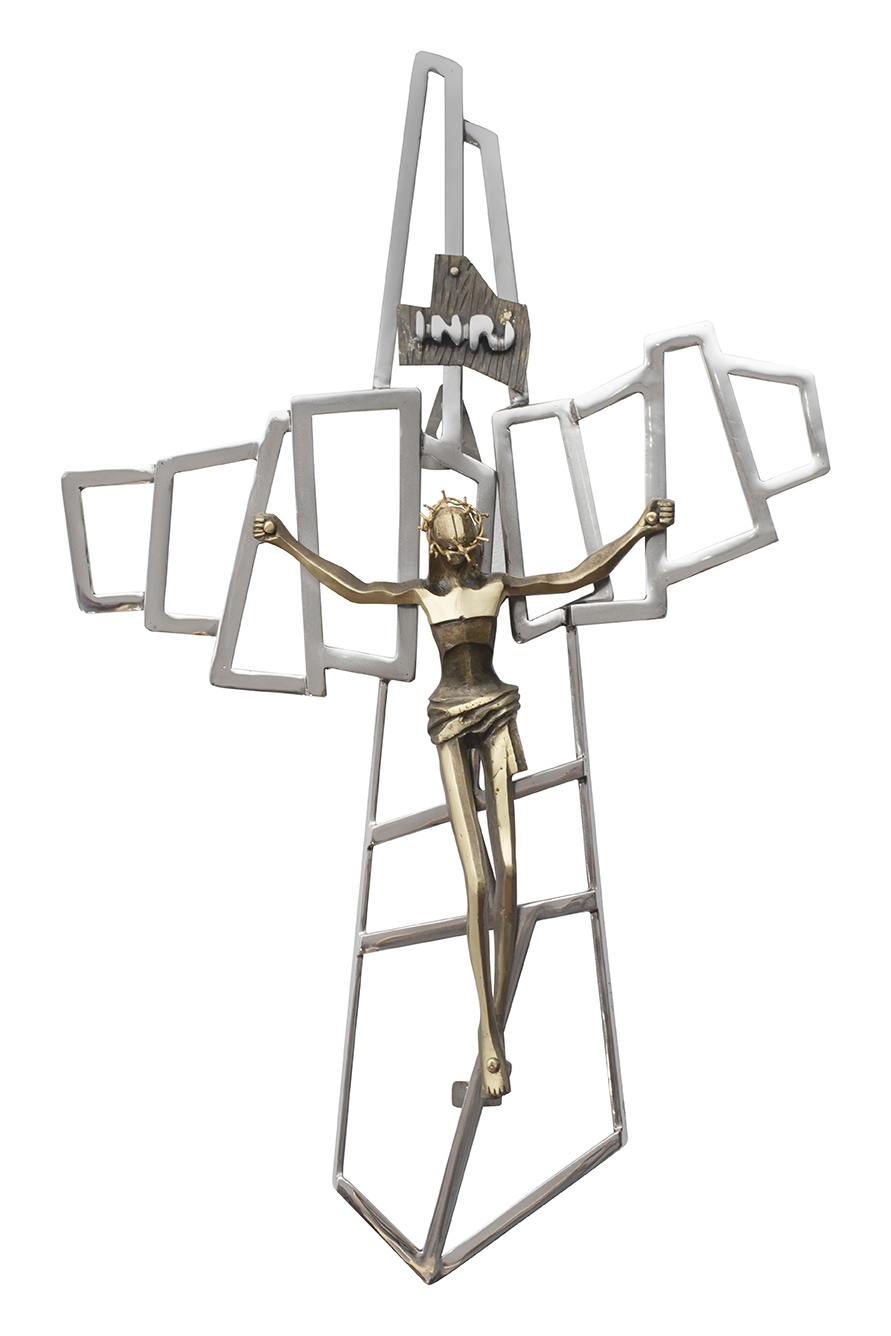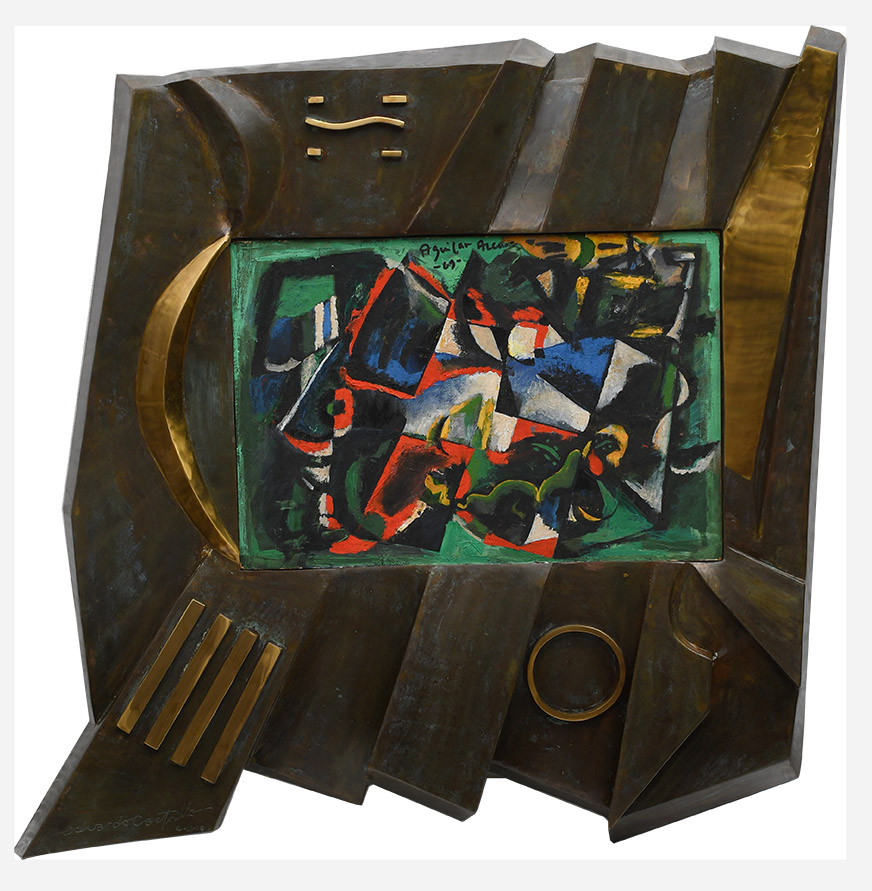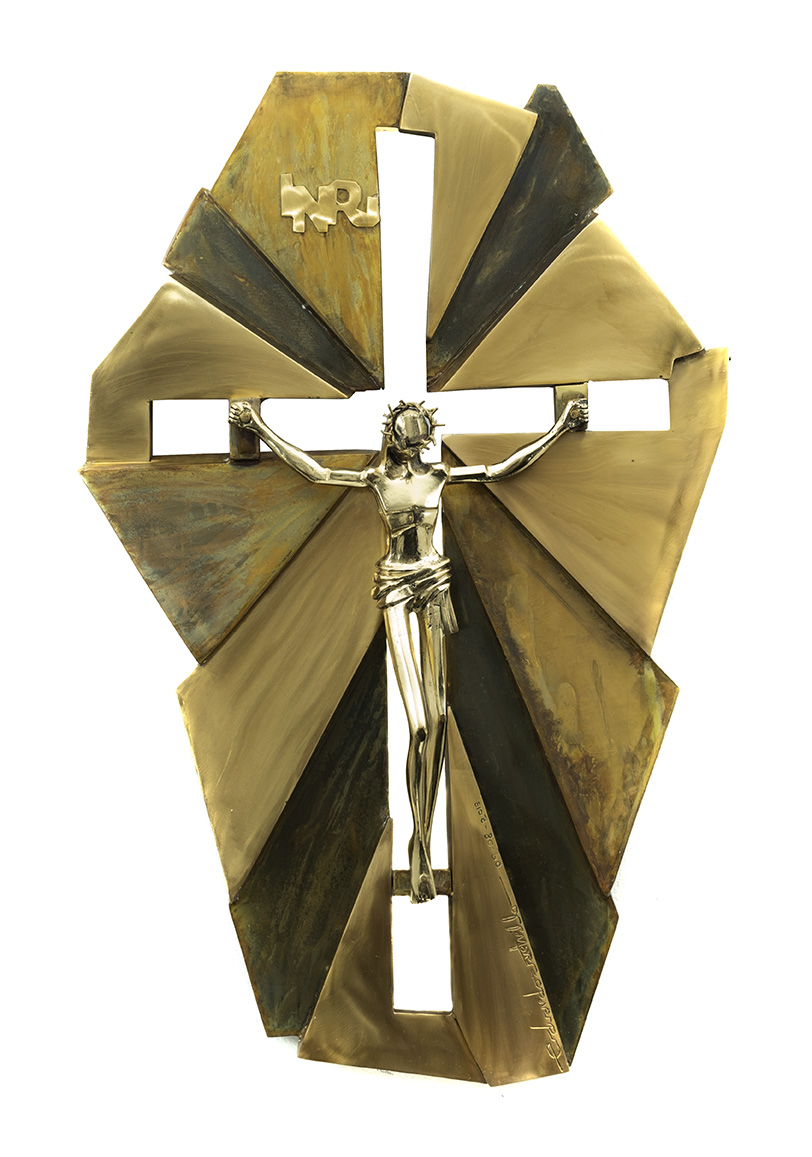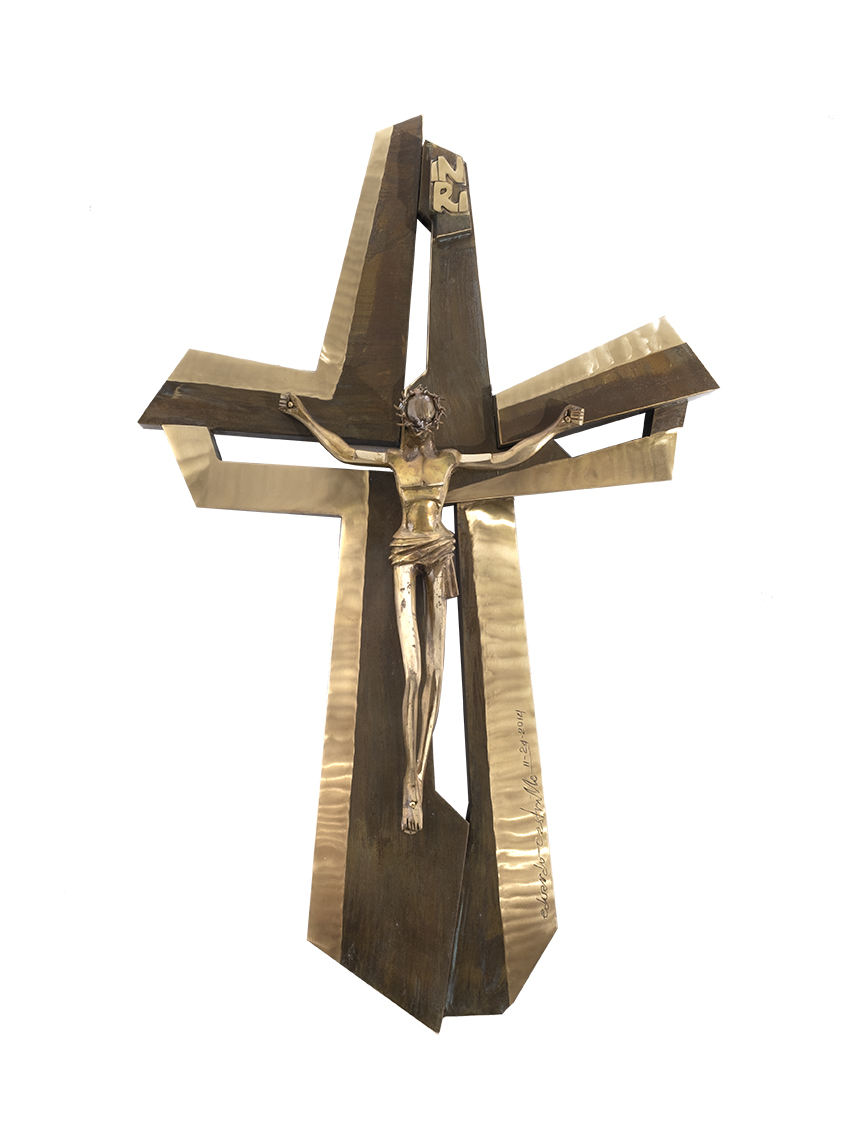
Eduardo Castrillo was born in 1942 in Sta. Ana in Manila. It was Castrillo’s father, Santiago, who first exposed him to the possibilities of visual art, particularly sculpture. Santiago Castrillo was a jeweler and a master craftsman, and the jewelry techniques he taught the young Eduardo eventually formed the crux of his metalworking techniques. Fashioning jewellery from metal sheets, the elder Castrillo taught his son that using pliable metal is perhaps a better approachthan the use of molds. It is also an ancient technique--pre-colonial artifacts from Surigao show that ancient Filipinos were already working with metal sheets to fashion out funeral masks. Castrillo’s later innovation was to eventually apply this age-old technique for large scale projects.
Perhaps the kernel of this idea was already planted in the artist’s mind when he entered the the Fine Arts program at the University of Santo Tomas. But Castrillo was a rambunctious youth, and he was in no rush to start his artistic career. Even after he graduated, Castrillo still worked in a variety of jobs before settling down and establishing the foundation of what turned into a serious and highly-regarded career in commissioned sculpture. Beginning with The Virgin at La Loma Cemetery and Youth’s Cry of Defiance in Fort Santiago in 1966, Castrillo’s oeuvre grew to cover historical events and personalities.
Having built up an impressive practice that is known for these monuments, Eduardo Castrillo is the one artist working today who embodies the spirit and approach of the pioneers of public monuments--the likes of National Artists Guillermo Tolentino (who created UP’s Oblation) and Napoleon Abueva. His three decades as the quintessential “Monument Man” has seen him become one of the most respected artists in his field, receiving commissions from all around the world. “My monuments stand in all Southeast Asian countries, the Mariana Islands, the United States and the Middle East and parts of Eastern Europe,” Castrillo says. “I never compromise my idea by conforming to the limitations of metal--despite the high technology involved in sculpture, I often have to innovate. The problem of making high sculptures is often in the area of engineering which could indeed by quite restricting. So I see to it that my aesthetics is not hampered by any technicality in metalcraft or in the construction of the metal structures”
Artworks
